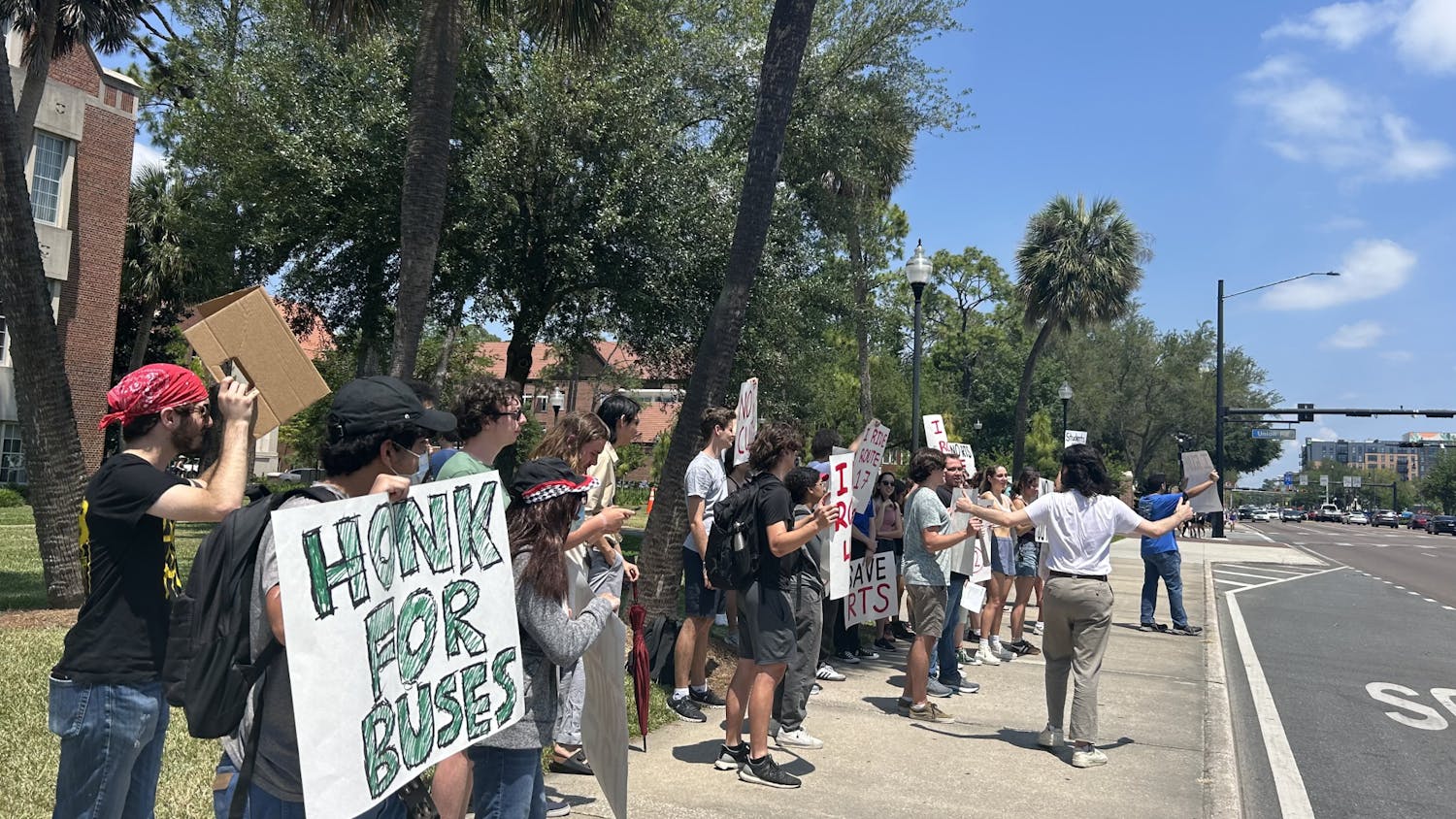It occurred to me that Tesla has become a household name when my not-so-car-savvy roommate blurted out the brand name during a categories round of Ring of Fire. I asked her how she knew what Tesla was, and she said she really didn’t know but had heard about the brand.
She is not the first person I know to surprise me by mentioning Tesla.
But similarly, the others who have mentioned the brand also don’t really know what it is.
Their assumptions are pretty standard: “an exotic car” or “a sports car.”
But a Tesla is really much more than that.
Actually, people’s assumptions don’t include the most important fact about Teslas: They are completely electric cars.
Generally when people hear the words “electric car,” their minds jump to Toyota Prius and Nissan Leaf, but Tesla Motors’ goal is to change the image of the electric car.
The company has been working to achieve this goal since its inception in 2003.
Tesla’s website lists its mission as, “to accelerate the world’s transition to sustainable transport.”
The first car from Tesla was the Tesla Roadster in 2008. It had an acceleration of 0 to 60 mph in 3.7 seconds and could travel a range of 245 miles on a fully charged battery.
In 2012, Tesla released the Model S, a sedan, which is 100 percent electric. It has multiple models, the base 70D, the 85, the 85D and the P85D. The 70D has a 240-mile range per charge, can do 0 to 60 mph in 5.2 seconds and comes with 329 horsepower.
Compare that to a 2015 Nissan Leaf, which has zero emissions and zero power. The Leaf is also all-electric, but it has a disappointing 107 horsepower and can only travel 84 miles on a battery charge.
Tesla is redefining how electric cars are seen and even garnering some respect for them.
The Model S was named Motor Trend’s Car of the Year in 2013 and received a 5-star safety rating from the U.S. National Highway Traffic Safety Administration.
One benefit that can be seen with Teslas is the amount of miles one is able to travel on a battery charge. Teslas can be charged at home, but charging units for these sporty cars are popping up in major cities and along popularly traveled routes. The Supercharger network, as Tesla calls it, is free to use and can give half a charge within 20 minutes.
In Florida alone, there are 11 Supercharger stations, some conveniently located along Interstate 95 and Interstate 75. So at the very least you could travel through Florida with relative ease.
These cars are beautiful, fast and zero emissions, but are they affordable? Well, the Model S 70D sedan starts at $57,500, after incentives and gas savings.
The Tesla website is set up to conveniently tell you that you will save an estimated $10,000 on gas over five years and in California, Colorado, Georgia, Louisiana, Massachusetts and Utah, you will receive an incentive along with a $7,500 federal tax credit. But out the door, the car is really $75,000.The Model S 70D is the starting model and the price increases for the 85D and the P85D.
While these cars are on the expensive side and pricey to manufacture, Tesla’s goal does not seem to be financial success. On June 12, 2014, CEO Elon Musk wrote a blog post on the Tesla website announcing that the Tesla patents would be released. The CEO felt that “intellectual property landmines” would be acting contrary to the company’s goal of accelerating sustainable transportation. He stated that Tesla would not be initiating any patent lawsuits against “anyone who, in good faith, wants to use our technology.”
I guess when you own Space Exploration Technologies (SpaceX) and co-founded PayPal, Tesla revenue would just be pocket change to you, but it proves that Musk really is out to achieve sustainable transportation. He has put millions of his own money into Tesla in addition to the $150 million loan he took out in 2013 to invest in Tesla stock.
If you’re driving a Tesla, with 119 Supercharger stations in North America and up to 270 miles per battery charge, you might want to consider living by Vin Diesel’s motto in “Fast and Furious” (2001): “I live my life a quarter-mile at a time.”
Erika Canfijn is a UF public relations senior. Her column runs on Thursdays.
[A version of this story ran on page 7 on 5/21/15]





